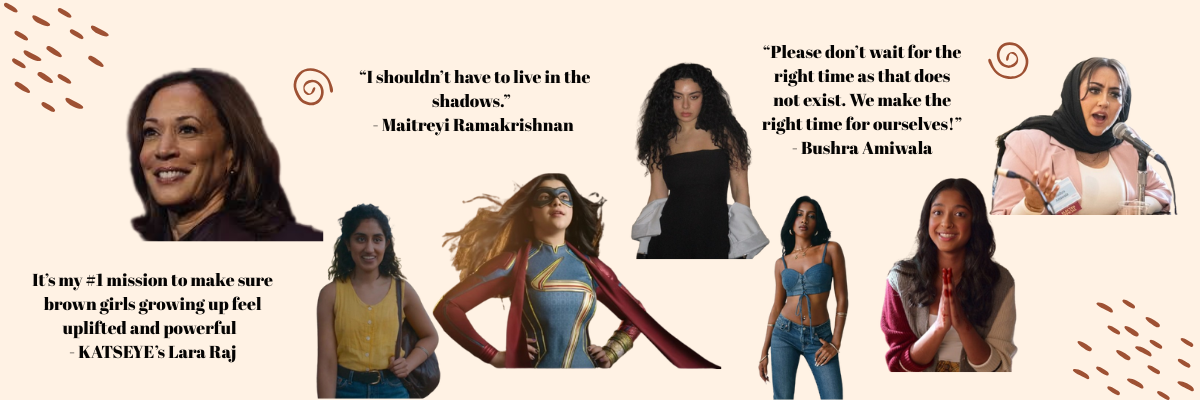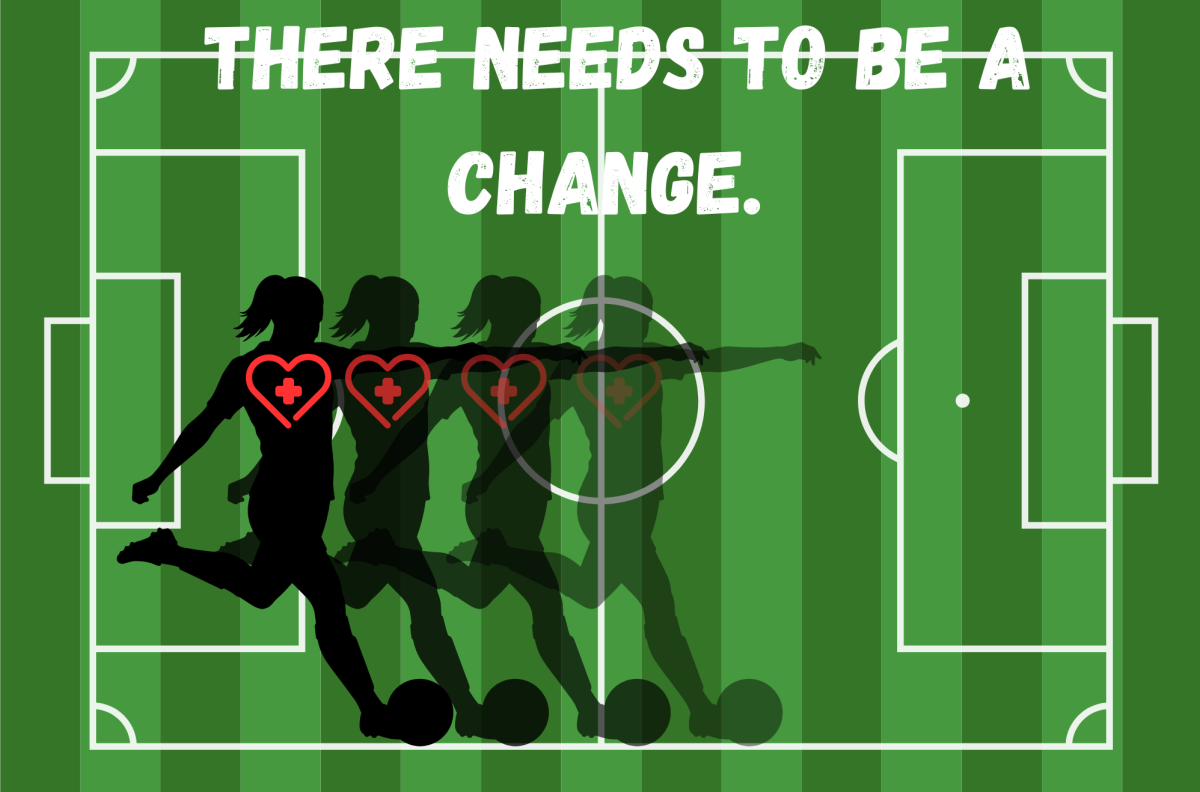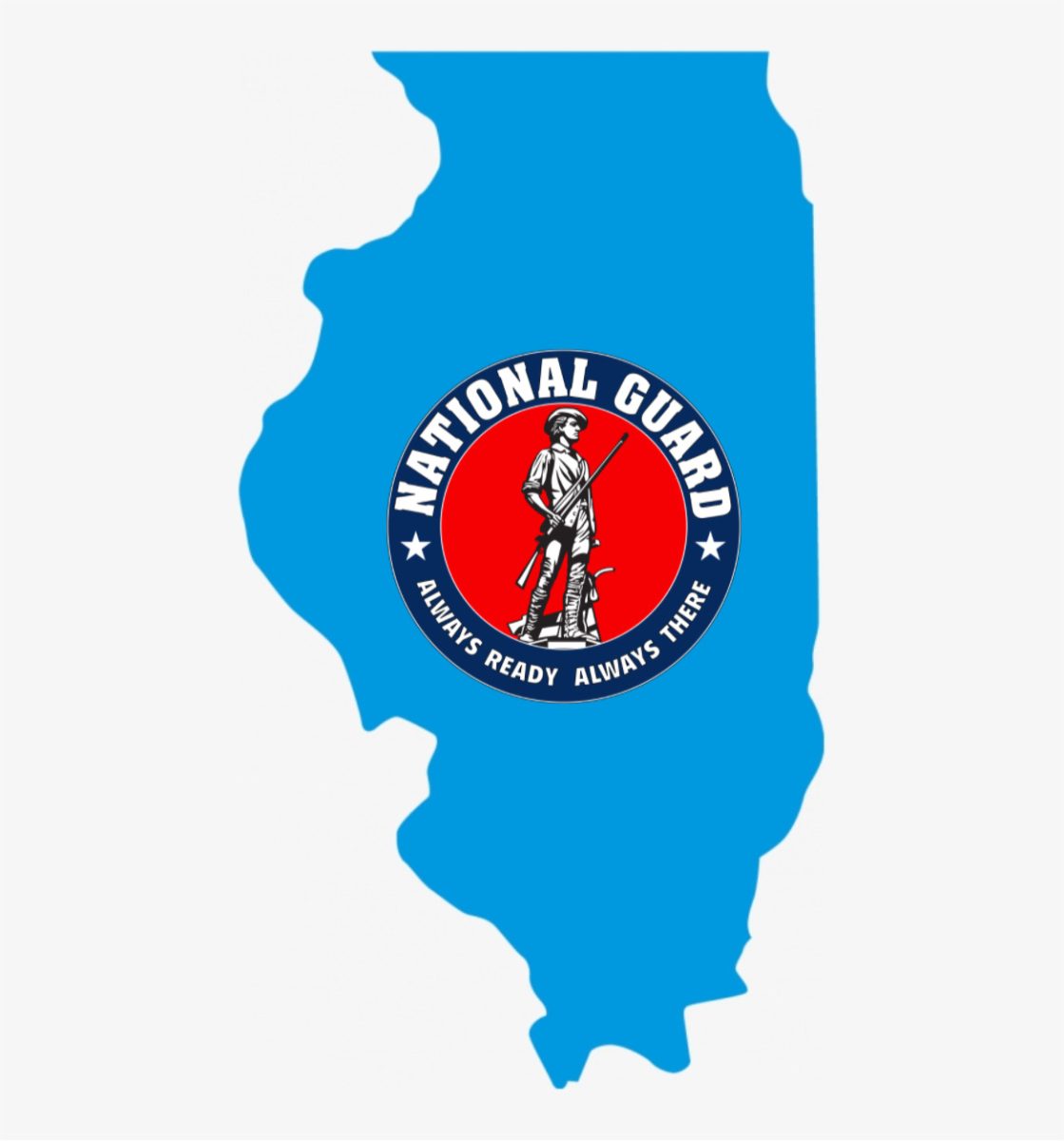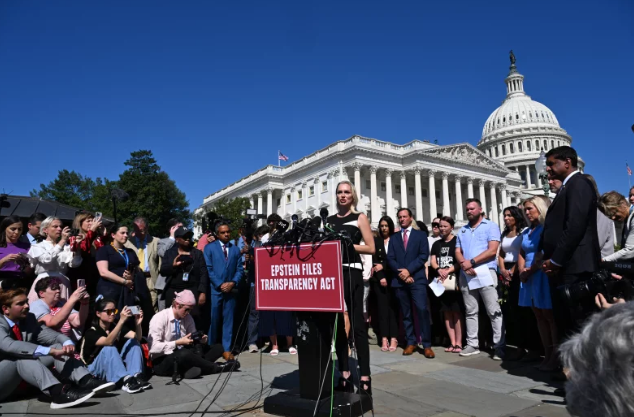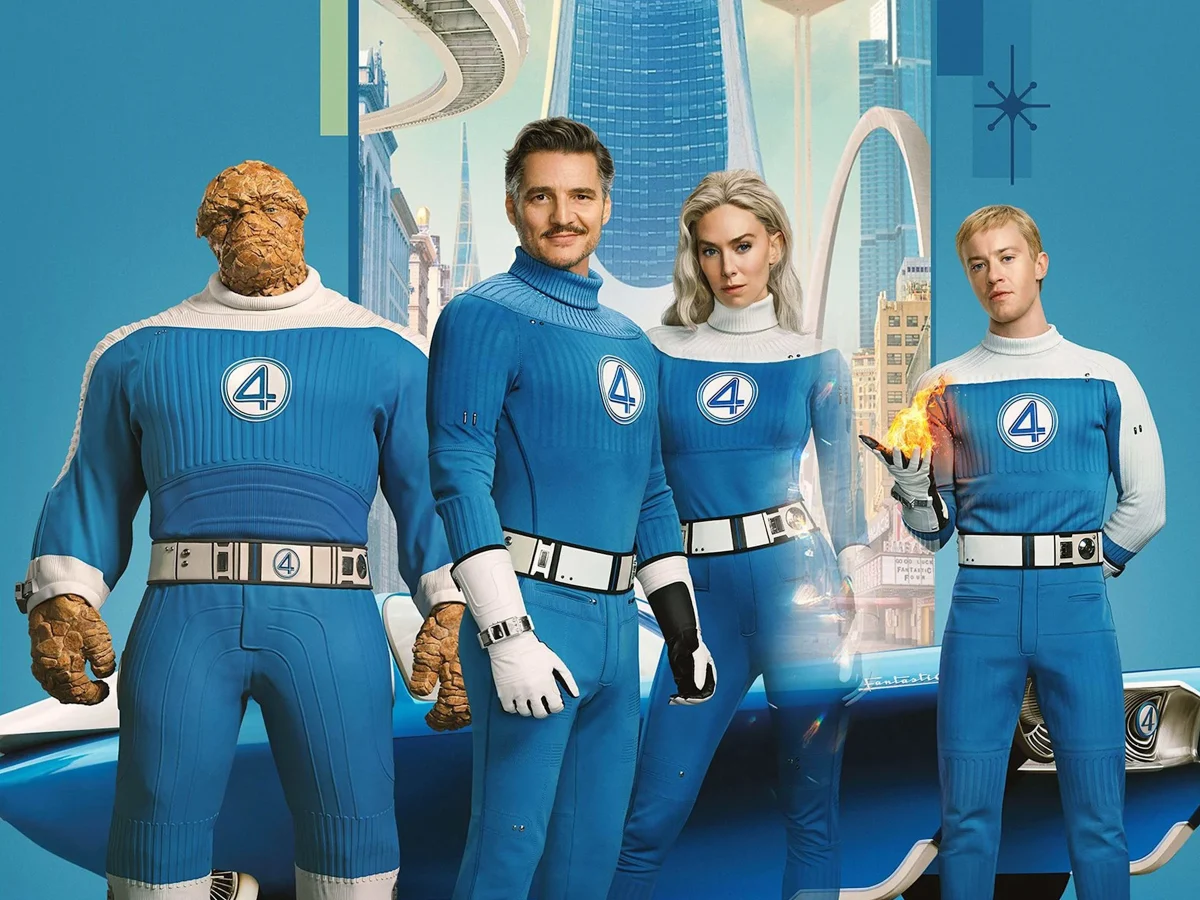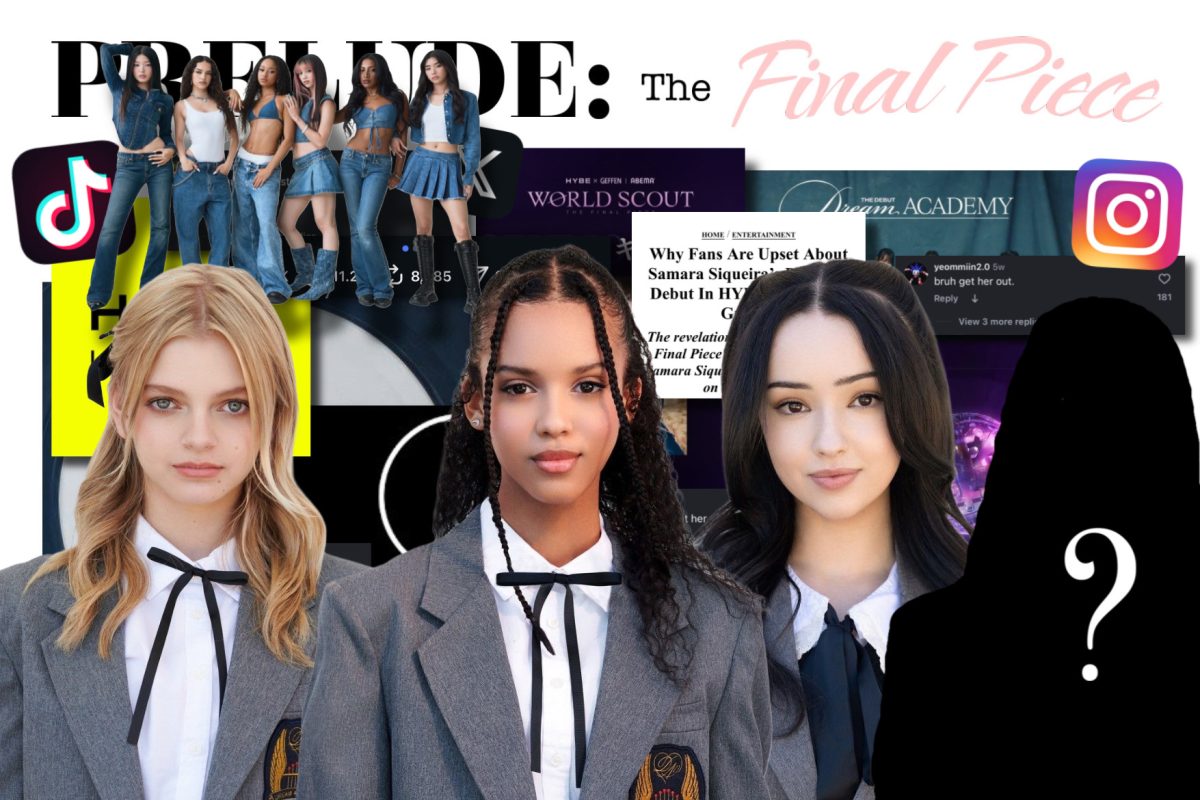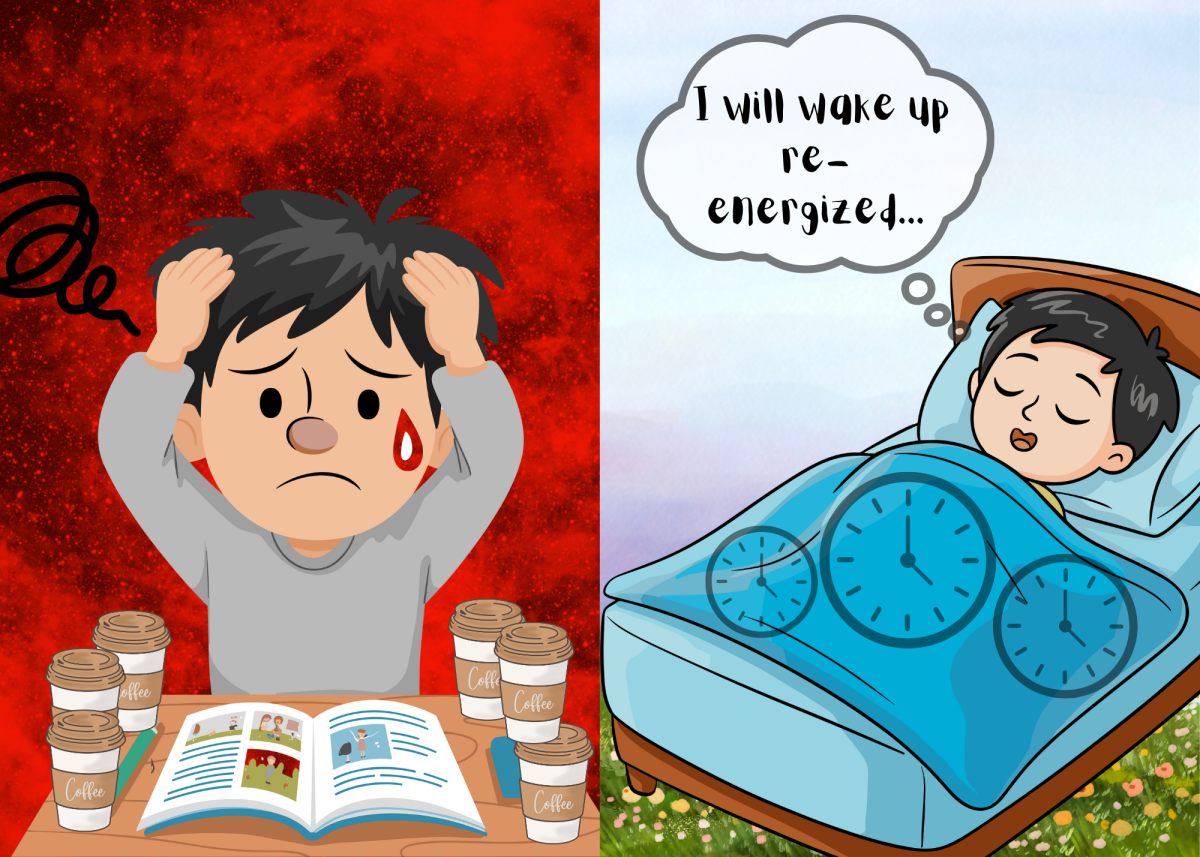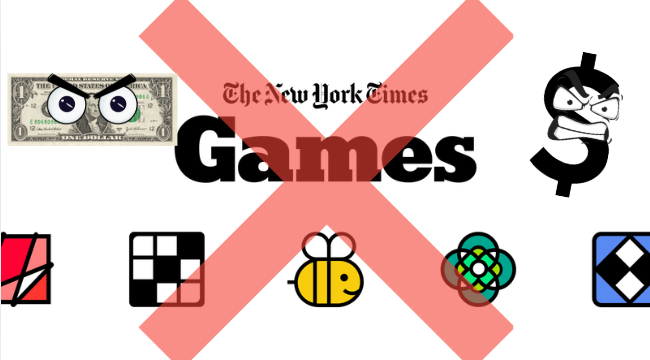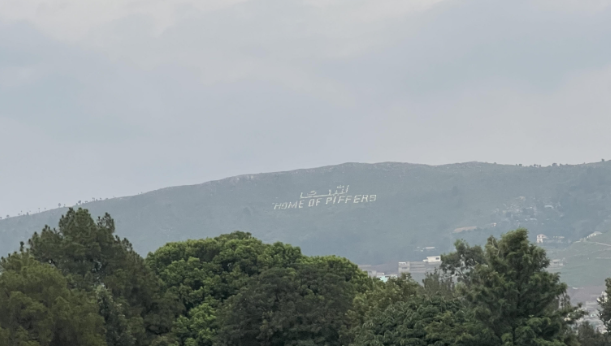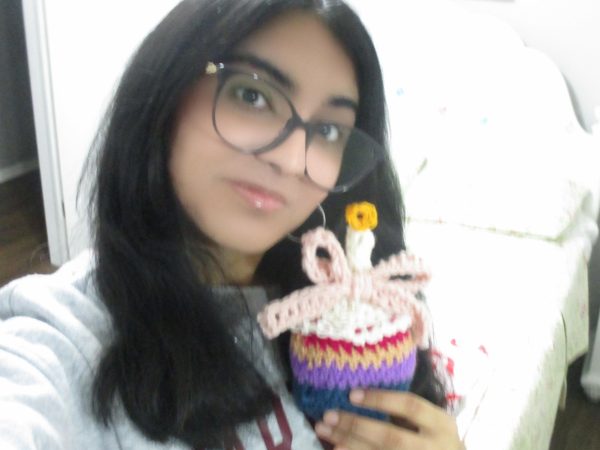As a South Asian girl, I grew up searching for myself in the media. I remember Ravi from Jessie, one of the few South Asian characters I would relate to as a kid, along with Padma and Parvati Patel from Harry Potter. I went through a whole Aladdin phase in fourth grade, loving Princess Jasmine, who, while not explicitly South Asian or Muslim, felt like the closest thing I had to representation. But beyond that, the screen rarely reflected someone like me. Finding a Muslim South Asian girl, let alone just a South Asian woman, was nearly impossible.
Today characters like Devi Vishwakaumar (Maitreyi Ramakrishnan) from Never Have I Ever, Emma Morley (Ambika Mod) from One Day, Kate Sharma (Simone Ashley) from Bridgerton, and Kamala Khan (Iman Vellani) from Ms. Marvel are far from the few South Asian women characters you see on screens.
Even though representation may be rising, according to ABC News, only 0.3% of South Asian women are represented on screen. Unfortunately, when South Asian women are portrayed, it is often through negative stereotypes. Commonly portrayed include characters who are overly nerdy, speak with exaggerated accents, lack self-respect, or are indulged in westernized versions of themselves.
“I feel like there’s definitely more South Asian women on TV nowadays,” junior Jainy Patel said. “When I was younger, there were really no South Asian cartoon characters. The only one I can think of is Jasmine, but she doesn’t really count because she identifies more as Middle Eastern.”
Well-known character Kelly Kapoor from The Office, played by Mindy Kaling, is one of the few South Asian female characters to appear in a major American sitcom. Despite the show being a comedy, her character often falls into negative stereotypes and shows a lot, as she is a South Asian woman. She is portrayed as overly dramatic and obsessed with her boyfriend Ryan, which reinforces the harmful idea that South Asian women are calling and willing to stay in unhealthy relationships without self-respect.
A clear example of Western stereotypes in the popular Netflix original series Never Have I Ever follows Devi Vishwakumar, a young Indian-American girl trying to fit in at her high school. While it is praised for giving South Asian and female characters more visibility, it also sent a message that to be popular or successful, the main character needs to change herself to fit in with her classmates. This idea can be harmful because it suggests that South Asian girls must give up parts of their culture or identity to be accepted, which can hurt how they see themselves.
“Never Have I Ever did not portray South Asian women correctly because as a brown girl I would never do the things she did, first because of the strict parents, plus it just doesn’t seem right,” senior Manya Gandhi said.
On the other hand, Ms. Marvel, a production of Marvel Studios, offers a much stronger representation of South Asian culture. The show centers on Kamala Khan (Iman Vellani), a Pakistani-American teenager who embraces her cultural heritage, family traditions, and Muslim faith while also living a modern American life. Unlike shows that suggest South Asian characters need to change themselves to fit in, Ms.Marvel celebrates identity and shows the struggles and pride of balancing two cultures.
“I think the show showed how Muslim girls have something in common with her,” sophomore Afsa Khan said. “Since Ms. Marvel has a fantasy and a dream of becoming a superhero. It can show in real life how South Asian Muslim girls can have dreams and be like her.”
Just as Marvel Studios highlights South Asian identity through Kamla Khan, Disney has also brought in strong South Asian representation into films. In Disney Channel’s Spin, the story centers on Rhea Kumar (Avantika Vandanapu), a 15-year-old Indian American teen who discovers her love for DJing while balancing her cultural heritage and family expectations. Similarly, Disney Pixar’s Turning Red highlights the first South Asian character, Priya (Maitreyi Ramakrishnan), who is smart and funny, with South Asian heritage integrated into her story.
Celebrating the balance of cultural heritage and modern life can be difficult to manage, though South Asian women in music are expressing their identities through their work. Charli XCX, a British pop artist whose mother is Indian, is widely known for her song “party 4 u,” but not many people may realize her South Asian background.Similarly, Lara Raj from KATSEYE incorporates South Asian heritage through her clothing and accessories. In the viral Better in Denim ad, she is seen wearing a nose ring, an om necklace, and a bindi, expressing herself through media.
Along with the media, South Asian women are increasingly visible in government roles, breaking barriers like Kamala Harris, who became the first woman and the first South Asian to serve as Vice President of the United States. Bushra Amiwala, a Muslim Pakistani-American, made history as one of the youngest elected officials in her Illinois county and represents both youth and immigrant voices in politics. Despite this progress, representation remains low, with Asian/Pacific Islander women making up only 1.7% of all voting members of the U.S. Congress.
While representation for South Asian women in media and politics has grown, it is still far from enough. Positive portrayals like Kamala Khan or Rhea Kumar show the power of authentic storytelling, but stereotypes continue to linger in shows like Never Have I Ever or The Office. True progress will come when South Asian women are not just visible, but are represented in all their diversity and strength.


